The lumbar back stretcher is a useful tool for people looking for comfort from back pain and anxiety. This progressive device targets the lumbar area, relieving muscle tightness, enhancing flexibility, and promoting spinal fitness. Functioning on the principle of spinal decompression, a lumbar lower back stretcher assists in lightly stretching and realigning the vertebrae, offering a natural way to counteract the traces of the current lifestyle.
This comprehensive guide will delve into the important considerations for selecting the proper lumbar back stretcher and explore diverse kinds and their capabilities.
Table of Contents
Overview of the global back stretcher market
Types of lumbar back stretchers
The ultimate guide to buying a lumbar back stretcher
Final thoughts
Overview of the global back stretcher market
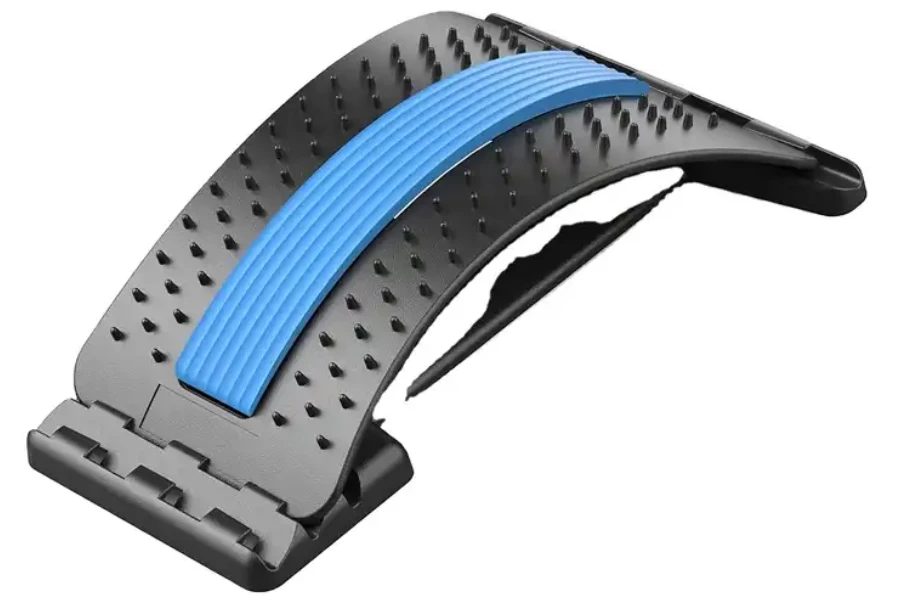
According to Coherent Market Insights, the global back stretcher market is growing at a high rate. It was valued at US $162.2 million by 2023 and is projected to reach US $222.3 million by 2030, expressing a compound annual growth rate (CAGR) of 4.6% for the period of 2023–2030. Several key factors are driving this market’s expansion, including increasing sedentary lifestyles and associated back issues. This has led to an increased awareness of the importance of spinal health.
Telecommuting options and long sitting hours also contribute to the high demand for lumbar back stretchers. Some particularly high-demand regions include North America, Europe, and Asia-Pacific, where the proactive approach to preventive health care and growing fitness culture are driving the market forward.
Types of lumbar back stretchers
1. Arch-shaped lumbar back stretcher
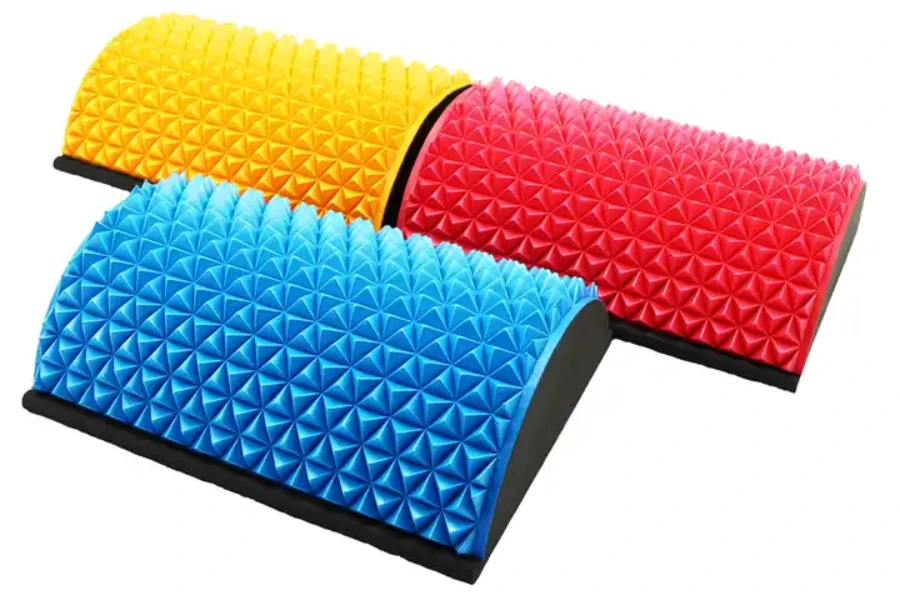
The arched lumbar back stretcher comes with a curve that corresponds to the human spinal structure and looks like an arch. This stretcher is ideal for patients looking for specific pain relief in the lower back. It has a unique stretch shape that concentrates on stretching for flexibility and relieving pressure from the spine’s discs.
Stretchers with an arch design are often preferred by individuals with desk-oriented lives and office work, as they contribute to combating the negative consequences of prolonged sitting. They have adjustable fit-outs that enable one to specify the amount of tension that makes them feel comfortable.
2. Inflatable lumbar back stretcher
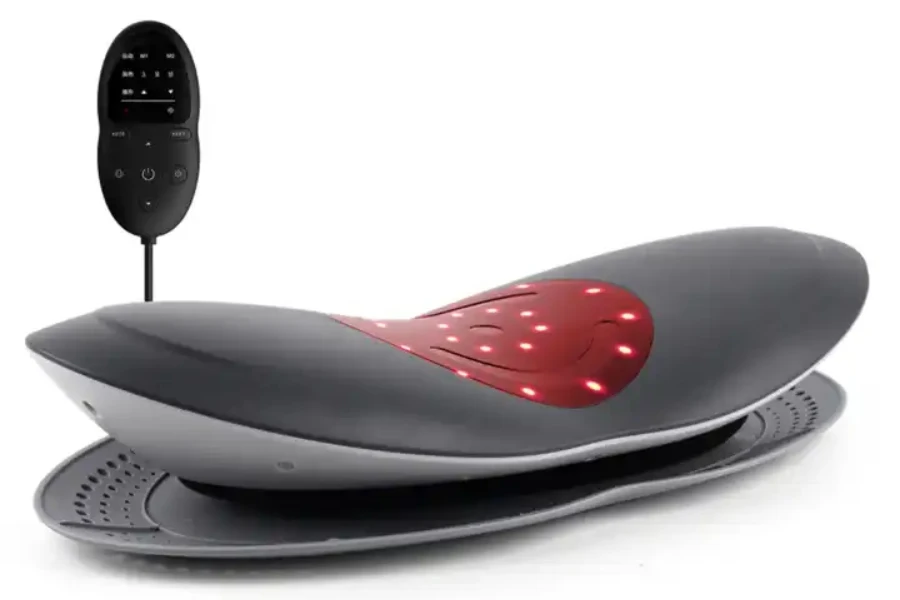
The major source of spinal decompression in inflatable lumbar back stretchers is the air. These stretchers are portable and can be modified to fit different patients. Their inflatable design allows individuals to select their levels of stretching depending on personal preferences or desired comfort levels.
Inflatable lumbar back stretchers are very flexible, easy to deflate, and easy to store away for space-conserving purposes. The adjustability makes it suitable for people experiencing diverse levels of back pain and those who need to be on the move.
3. Adjustable lumbar back stretcher

Adjustable lumbar back stretchers are specifically engineered to enable each user to personalize their stretch or tailor it to their individual needs and desires. These stretchers usually feature various phases or stages that enable one to increase or reduce the strength of a stretch. This flexibility allows the stretchers to be used by both beginner and advanced back care individuals who are in need of some stretching options.
Adjustable lumbar back stretchers often possess optional extras such as detachable parts and a modular design, allowing users to focus on particular sections of their backs. As a result, this category is appropriate for individuals with specific back issues or different feelings of comfort in their bodies.
The ultimate guide to buying a lumbar back stretcher
1. Pick the right material
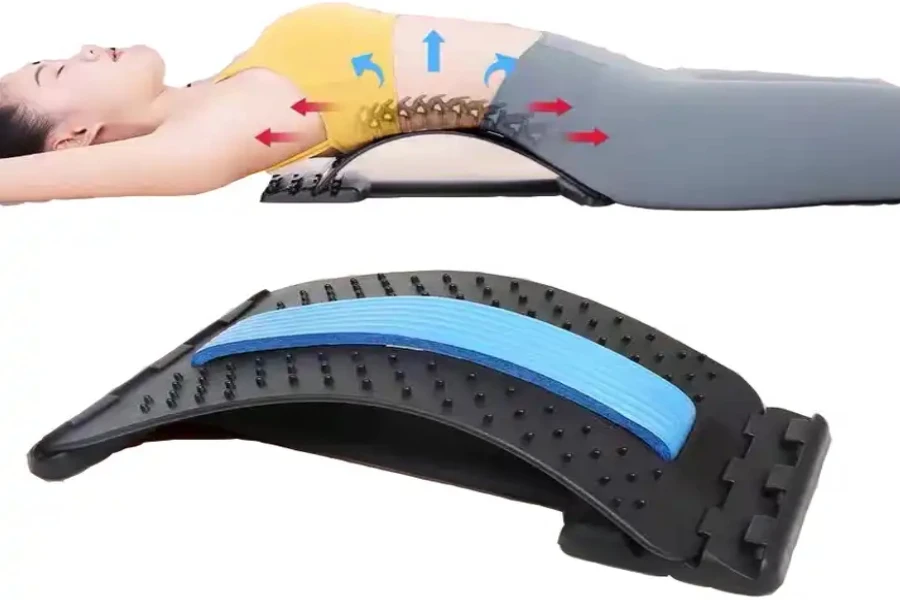
A lumbar back stretcher consists of material that affects its comfort as well as how durable it is. When choosing the material, you must ask yourself if users want comfort over strength and what materials may cause some type of allergy. The common materials used to make these stretchers include plywood or paneling, high-density foam, plastic, and metal, among others.
Foams that are of high quality offer a harmony between comfort and support, while constructions made out of plastic and metal ensure durability. Back stretchers made of wood, such as birch or pine, are quite beautiful and serve their function well for a long time.
2. Consider the cost
Simple, basic lumbar back stretcher models made of plastic or foam can range from US $20–40. Comfort add-ons and changeable parts are characteristic of the average models, which have a price range of between US $40 and US $80.
The quality of premium lumbar back stretchers is high and they are made of high-quality materials such as wood. They offer extra options for adjusting settings and tend to cost over US $80. As you select a lumbar back stretcher, it is important to ensure you find one whose price matches its features to get value for your money.
3. Prioritize comfort
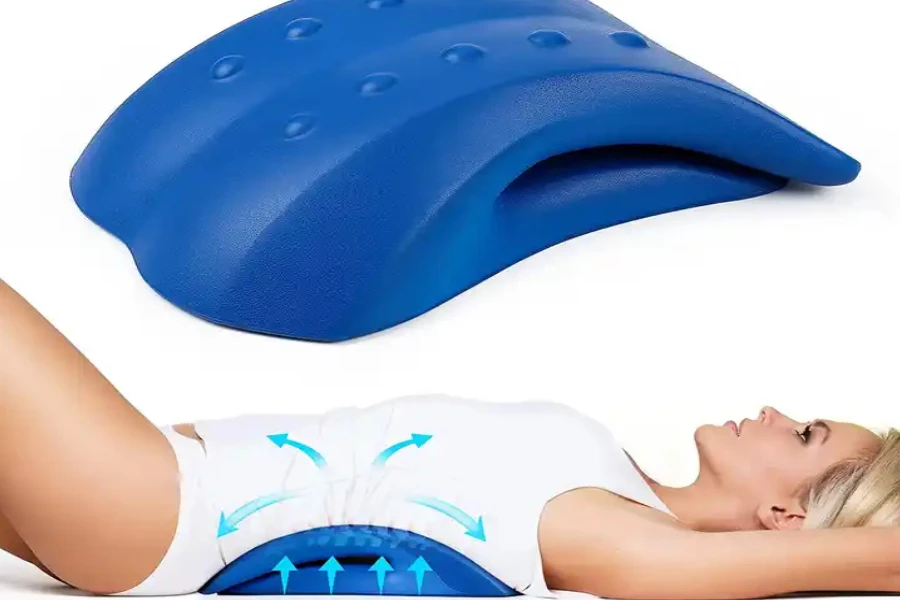
A good lumbar back stretcher should be comfortable so that users can have an effective stretching regimen to relieve their discomfort. Pay attention to padding, curves, and all other aspects affecting the functionality of the stretcher. The high-density foam padding normally has enough strength to provide the necessary support but still offers adequate comfort.
Users can set their own stretch tolerance in adjustable lumbar stretchers by controlling how far these objects should be apart from each other for them to provide a sufficient amount of stretch. Find models with ergonomics and adjustable heights to match the user’s body’s unique shape to ensure maximum comfort while working.
4. Consider durability
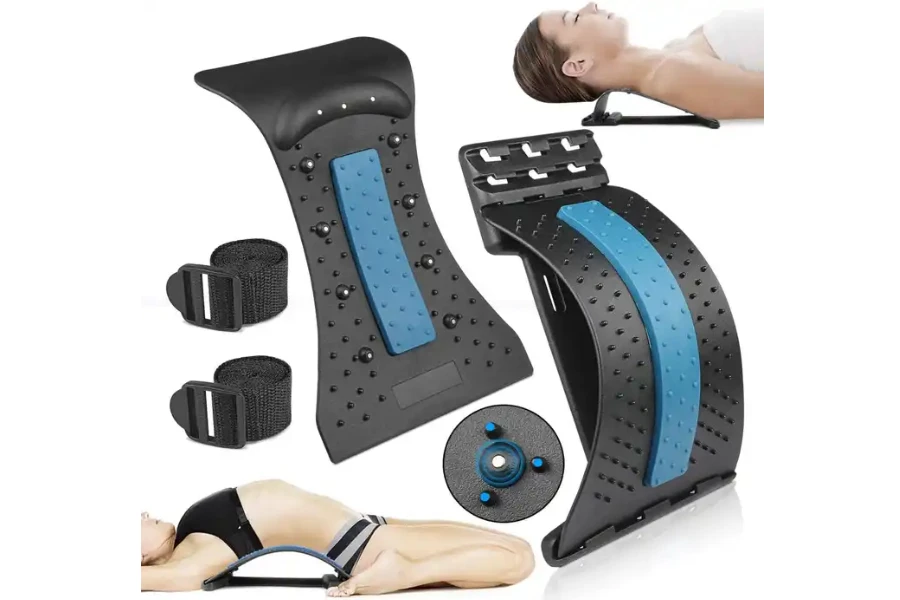
You have to examine the workmanship of the materials used as well as the overall construction quality. Lumbar back stretchers can last anywhere between 1 and 5 years, depending on the material, brand, and usage. If made correctly, wooden stretchers can be extremely reliable and will last a very long time.
Plastic or metal stretchers are usually tough and convenient to use on a daily basis. Ensure that reinforced seams are on, hinges are strong, and finishing materials can endure daily abuse. Despite the fact that the initial purchase of a stronger lumbar back stretcher will seem costly, in the long run, it will end up being worthwhile.
5. Look at adjustability
A key aspect of the lumbar back stretcher is its ability to be adjusted to match different personal preferences. Adjustable stretchers usually have more than one stretching level. This quality becomes an advantage for people who are at different stages of their back care path, starting with beginners and ending with those who want to get more professional stretching skills.
Evaluate the flexibility of the stretcher, including its matching to users’ particular needs.
6. Select the right size
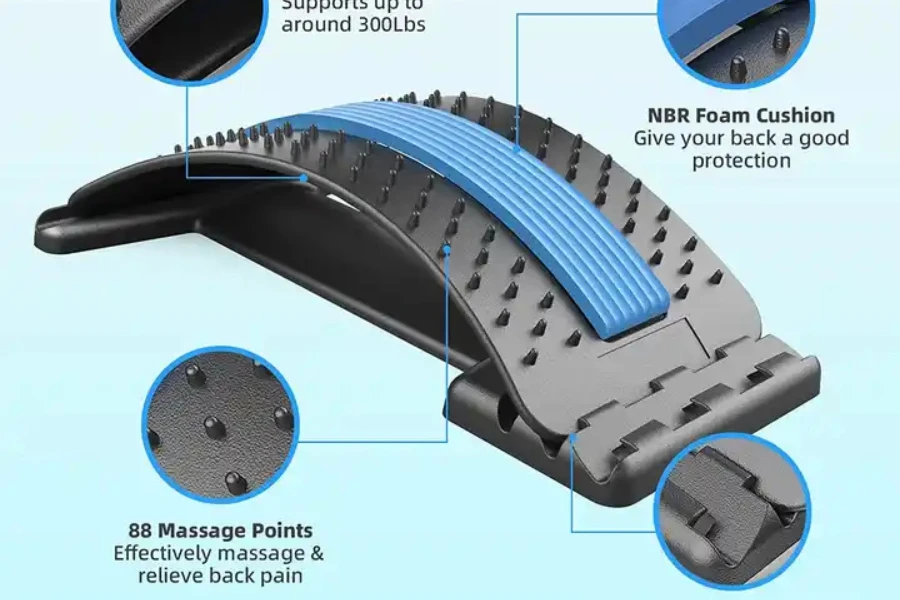
The size of the lumbar back stretcher is important because it affects storage and mobility. Small and compact stretchers are suitable for mobile people, whereas larger models give better coverage. Lumbar lower back stretchers are available in various sizes, with general dimensions normally starting from 12 to 20 inches in width and 16 to 24 inches in duration.
The height or thickness of these stretchers commonly falls between 2 and 4 inches, even though inflatable or adjustable models may also provide varying levels primarily based on inflation or adjustments.
Final thoughts
If you are searching for the best lumbar back stretcher, you should consider factors such as materials, price, comfort, resistance, adaptability, and dimensions. These elements combine to create an intense stretching routine that can be customized according to personal preferences.
Alibaba.com offers various lumbar back stretchers, perfect for your needs.




